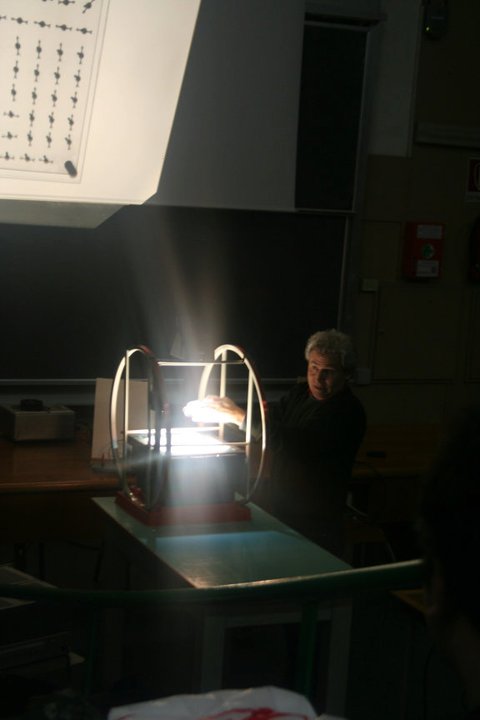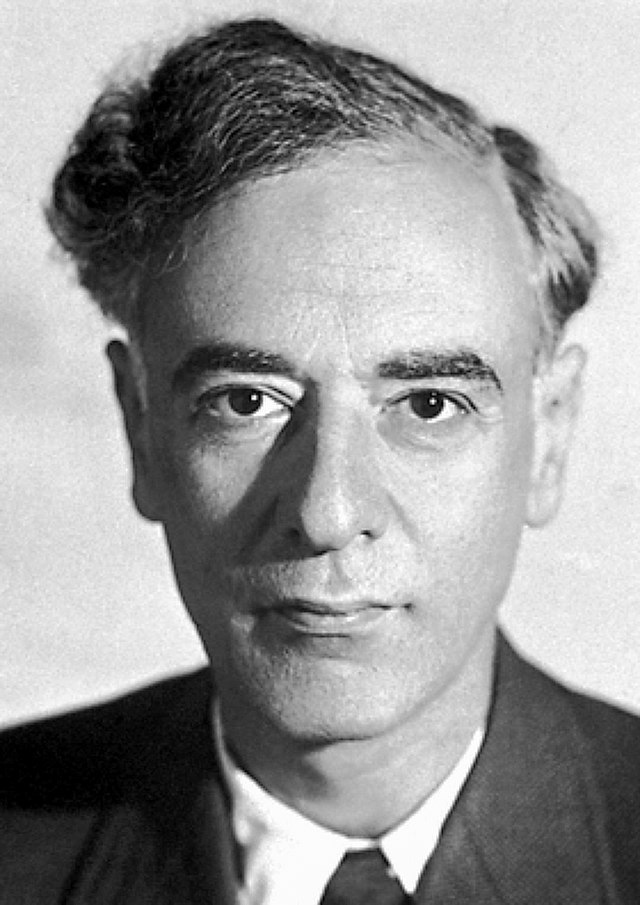
Dates of the esams in the A.Y. 2025/26:
30/1/2026 9:00 AM aula t.b.a.
20/2/2026 9:00 AM aula t.b.a.
25/6/2026 9:00 AM aula t.b.a.
14/7/2026 9:00 AM aula t.b.a.
9/9/2026 9:00 AM aula t.b.a.
Dates of the dedicated calls:
(upon requests of the students that are entitled to access to dedicated calls)
15/05/2025 9:00 AM
20/11/2025 3:00 PM
Consulting time:
Mondays 4PM-6PM professor's office (room 211 of the Department of Physics, Marconi Building)
Suggested textbooks:
Statistical Physics: Course of Theoretical Physics - Vol. 9,
L. D. Landau, E. M. Lifsits, L. P. Pitaevskij
Pergamon Press (1980)
Methods of Quantum Field Theory in Statistical Physics,
A. A. Abrikosov, L. P. Gorkov, I. E. Dzialoshinskii
Dover Publications, Inc. (1975)
Main topics:
Second quantization.
Fock space. Creation and annihilation operators and
field operators. Operators in second quantization.
Landau theory of normal Fermi liquids.
Introduction to the concept of quasi-particle.
Energy as a functional of the quasi-particle
distribution function. Equilibrium properties of
quasi-particles: effective mass, specific
heat, compressibility, spin
suceptibility. Stability of the ground state. Currents associated
to the quasi-particles. Kinetic equations:
collective modes and zero-sound.
Green function and perturbation techniques.
Single-particle Green function at T=0. Spectral
representation and poles. Equation of
motion. Interaction
representation. S matrix. Wick's theorem and Feynman
diagrams.
Diagrammatic rules for different interction types. Self-energy and
Dyson equation.
Hartree-Fock approximation, RPA.
Perturbation theory at T>0. Matsubara Green
function. Perturbation techniques and
thermodynamic potential.
Identification of the phenomenological parameters of
Landau's theory with microscopic
quantities. Quasi-particle lifetime.
Linear response theory.
Response function. Analytic properties. Reactive and
absorptive part. Kramers-Kronig
relations. Kubo formula Fluctuation and dissipation
theorem. Spectral representation
and sum rules. Conductivity. Continuity equation and gauge invariance.
Esplicit
calculation of response functions
in perturbation theory (RPA) in simple cases of physical
interest.
